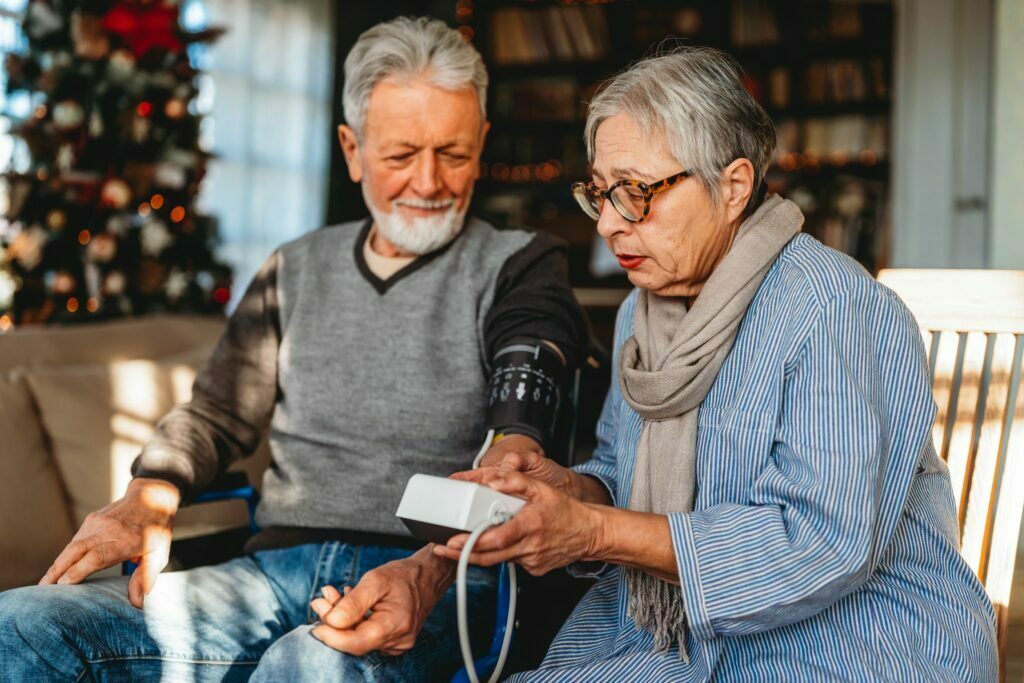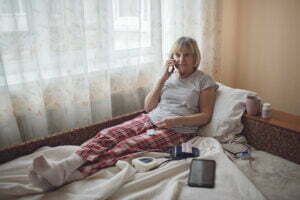Hypertension was one of the most researched problems around the world and one of the most important comorbidities contributing to stroke, myocardial infarction, heart failure, and renal failure. Hypertension alone is responsible for more cardiovascular disease-related fatalities in the United States than any other modifiable risk factor, second only to cigarette smoking as an avoidable cause of death for any reason. According to recent predictions, the number of individuals with hypertension could rise by 15 to 20% by 2025, bringing the total to close to 1.5 billion. Hypertension is the most prevalent chronic medical illness defined by a sustained increase in arterial pressure.
To diagnose hypertension, the American College of Cardiology (ACC) recommends taking at least two office measurements on two different occasions. The ESC/ESH suggests taking three office BP readings at least one to two minutes apart, with subsequent readings only if the first two readings deviate by more than 10mmHg. The average of the previous two readings is then used to calculate blood pressure.
Hypertension is a chronic condition that necessitates long-term treatment and management. The key to success for better blood pressure control and preventing problems is detailed education about lifestyle change and pharmacological therapy.
In a study, the American Heart Association (AHA) said that home blood pressure monitoring helps control hypertension and saves money on hospital bills.
At-Home Blood Pressure Monitoring Study Results: 86% of Patients Keep Blood Pressure Under Control
The AHA published findings in September 2018 showing that home blood pressure monitoring is more effective than in-office monitoring. The research was part of a pilot that was presented at the Joint Hypertension 2018 Scientific Sessions of the organization.
For optimal high blood pressure management, the American Heart Association/American College of Cardiology guidelines emphasize the necessity of home blood pressure monitoring.
The AHA cited a study conducted by Scott and White in Texas that intended to establish remote patient monitoring of blood pressure levels as a means of both controlling the disease and gathering more accurate patient data. Many patients suffer from a condition known as “white coat hypertension,” which causes blood pressure to rise when a patient experiences anxiety as a result of attending a traditional medical appointment. When patient data is incorrect, physicians may prescribe excessive doses of medication, and the quality of care may deteriorate.
According to the study, 86% who used telehealth remote monitoring devices to track blood pressure were able to keep their condition under control. The health system then gave away free remote monitoring devices to 2,550 individuals with uncontrolled chronic high blood pressure. The research found:
- Almost 67% of the patients in the research had improved outcomes by the third office visit; physicians had more precise readings and were able to put their blood pressure back under control.
- At the end of the intervention, systolic blood pressure had dropped by 16.9 mmHg on average, and diastolic blood pressure had dropped by 6.5 mmHg on average.
- Almost 80% of patients achieved blood pressure control six months following the research.
The study concluded that home blood pressure monitoring is critical to attaining control among hypertension individuals. They also discovered that adopting a telemedicine intervention resulted in lower inpatient admissions, ER visits, and medication costs.
Why Remote Patient Monitoring is Important to Manage High Blood Pressure
According to the American Medical Association, the most prevalent barriers to proper blood pressure management includes, techniques for measuring blood pressure that are inaccurate or inconsistent, masked hypertension, failure to adopt evidence-based treatment methods and patient engagement in self-management is low.
Each of the aforementioned barriers can be overcome with remote patient monitoring. It can assist hypertensive patients in developing a consistent measurement approach, changing their management behavior, and regularly recording their readings. It can give doctors data-driven insights into a patient’s blood pressure trends over time, allowing them to make informed decisions based on those trends. Providers can also be notified in real time when a patient’s blood pressure reading falls outside of the optimal range. When a provider is notified, the provider can contact the patient to learn why the change occurred and what steps should be taken to get the patient’s blood pressure under control. Remote patient monitoring can assist detect irregularities in readings such as low or high blood pressure by tracking data over time. It can assist providers in comprehending how new and existing medicines work. Simply said, remote patient monitoring enables clinicians to treat their patients in a proactive manner.
How DrKumo Helps Manage Blood Pressure through RPM
DrKumo, leader in Connected Health Technology, provides continuous real-time Remote Patient Monitoring Technology Solution to people with hypertension / high blood pressure or other cardiovascular diseases. DrKumo Blood Pressure Monitor is easy-to-use and capable of transmitting BP readings in real-time via secure cloud-based DrKumo mobile application. Patients are empowered to take greater control of their own health wherever they are because they can easily monitor their blood pressure at home, send patient-generated readings to their providers and get medical intervention when needed.
Takeaway
The COVID-19 pandemic has demonstrated the effectiveness of Telehealth, and it is likely that the technology will become more frequent in clinical practice in the future. As for Remote Patient Monitoring, people with high blood pressure are more likely to reduce it if they keep track of their readings at home and share the data with their doctor timely. Providers can get a better idea of their patients’ actual blood pressure readings, which leads to more personalized treatment and better hypertension control. Combining at-home readings with standard provider care saves money by lowering medication and treatment costs, and minimizing visits to the doctor and emergency room.
To know more about Remote Patient Monitoring, click here.









